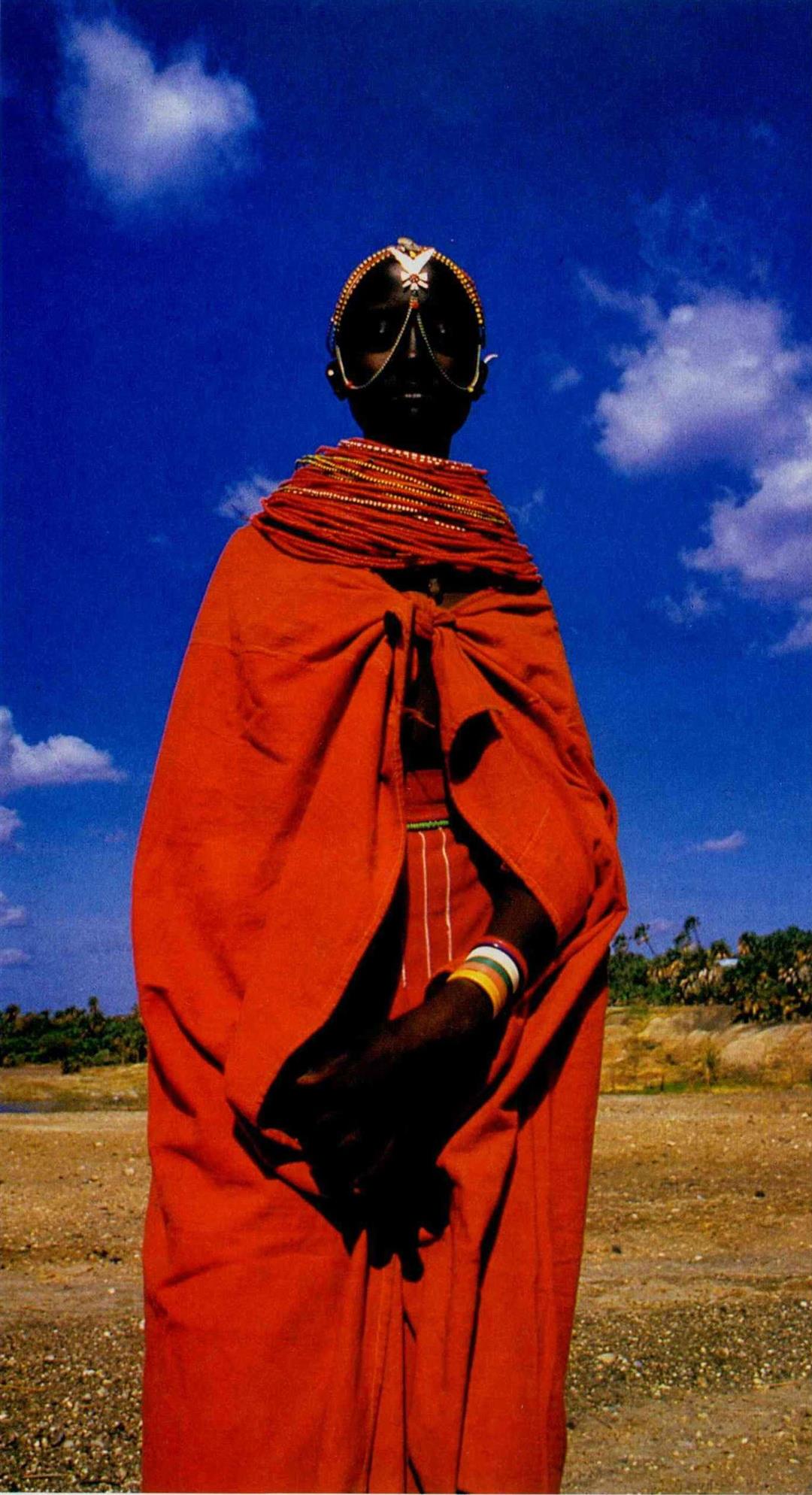The first geographical magazine written, illustrated, and put together completely by a Chinese staff appeared on Taiwan in April this year. Its name is The Earth.
Posted over the entrance to the magazine's offices is a motto from the National Geographic: Taking readers away from their everyday lives to show them how people live in other parts of the world.
From inside the office is heard an urgent voice: "If readers get the feeling that our articles have been copied or translated from other works, then we've missed our purpose." Hsu Chung-jung, the magazine's publisher, is giving a talk to his staff. He believes that a geographical magazine that wants to present a Chinese viewpoint must reflect a Chinese "world view"--a goal that Hsu finds both challenging and exciting.
If all that foreigners know of China is what they've seen in The Last Emperor, or if all that Chinese people on Taiwan know of the Silk Road is what they've seen through the lens of Japanese photographers then, says Hsu, "not only won't we be able to present our views to foreigners, but we won't have a view of our own country either. That's why I decided to set up a geographical magazine that would belong to Chinese."
Over the past year of hectic preparation, the magazine's staff went through several ordeals: struggling for months to obtain visas to the Soviet Union, exhausting the libraries in Taipei for materials on the Great Wall, and nearly being jailed in East Berlin for interviewing people on their life there. . . . But by April 1 they came out on schedule with their first report card: the premier issue of The Earth: A Chinese Geographic Monthly.
Approval of this first attempt to present the lands of China and the world as seen through Chinese eyes was expressed by Li I-yuan, a member of the Academia Sinica. "I hope the public will give this noble project their full support and encouragement," he said.
The reception hasn't been all that enthusiastic though. Acquiring an in-depth understanding of a place during a visit of two months or so isn't easy, and most of the articles have a travel journal quality. Compared with the material published in National Geographic, which is often the fruit of several years of research, the difference in depth is obvious, not to speak of bringing in a Chinese world view.
And what's that?
The unity of man and heaven, Hsu believes, or the unity of man and nature.
It's a way of thinking best expressed in the Great Wall, says Daisy Tsai, one of the magazine's writers. It's an ability to conform to local conditions and draw on local materials.
"The virtuous love mountains, and the wise love water," opines one reader, quoting Confucius.
Li I-yuan sums it up this way: whereas Western man tries to conquer nature, traditional Chinese thought holds that man and nature can get along together harmoniously. In fact, unless a person has a thoroughly grasped Chinese thought and culture, the Chinese worldview is difficult to understand, let alone express.
Trying to express the Chinese worldview is a lofty aim, says photographer Chang Chao t'ang, who suggests that the magazine's sights be aimed a little lower at first. "The result of reaching too high is often a lot of superficiality," he warns.
Hsu Chung-jung faces the criticism calmly. "If we hadn't made this step, then we wouldn't be hearing these suggestions and our dreams would still be an empty fantasy." His exhortations to the staff over, he remains optimistic: "At least now where we had nothing we've got something."
[Picture Caption]
Hsu Chung-jung, The Earth's publisher, prides himself on founding the first magazine with a "Chinese world view."
The first cover story was about Chinese climbers who ascended Mt. Kungkeer, the highest peak in Sinkiang Province.
Reporter Chen Ch'i-chun went to Papua New Guinea and interviewed a native chief in full costume.
Setting off their black skin with scarlet robes and layers of bracelets and necklaces, the Samburu people of Kenya pose striking figures.
A boy in a village near Lake K'elak'uerh in Sinkiang Province used gestures to get a cigarette from a tourist.
Ch'en Tso-chih rode in a helicopter to photograph Hawaii's volcanic craters from the air.
The magazine's second cover story is about the Soviet Union, a country that seems remote to most Chinese people but is actually a near neighbor.

The first cover story was about Chinese climbers who ascended Mt. Kungkeer, the highest peak in Sinkiang Province.

Reporter Chen Ch'i-chun went to Papua New Guinea and interviewed a native chief in full costume.

Setting off their black skin with scarlet robes and layers of bracelets and necklaces, the Samburu people of Kenya pose striking figures.

A boy in a village near Lake K'elak'uerh in Sinkiang Province used gestures to get a cigarette from a tourist.

Ch'en Tso-chih rode in a helicopter to photograph Hawaii's volcanic craters from the air.

The magazine's second cover story is about the Soviet Union, a country that seems remote to most Chinese people but is actually a near neighbor.